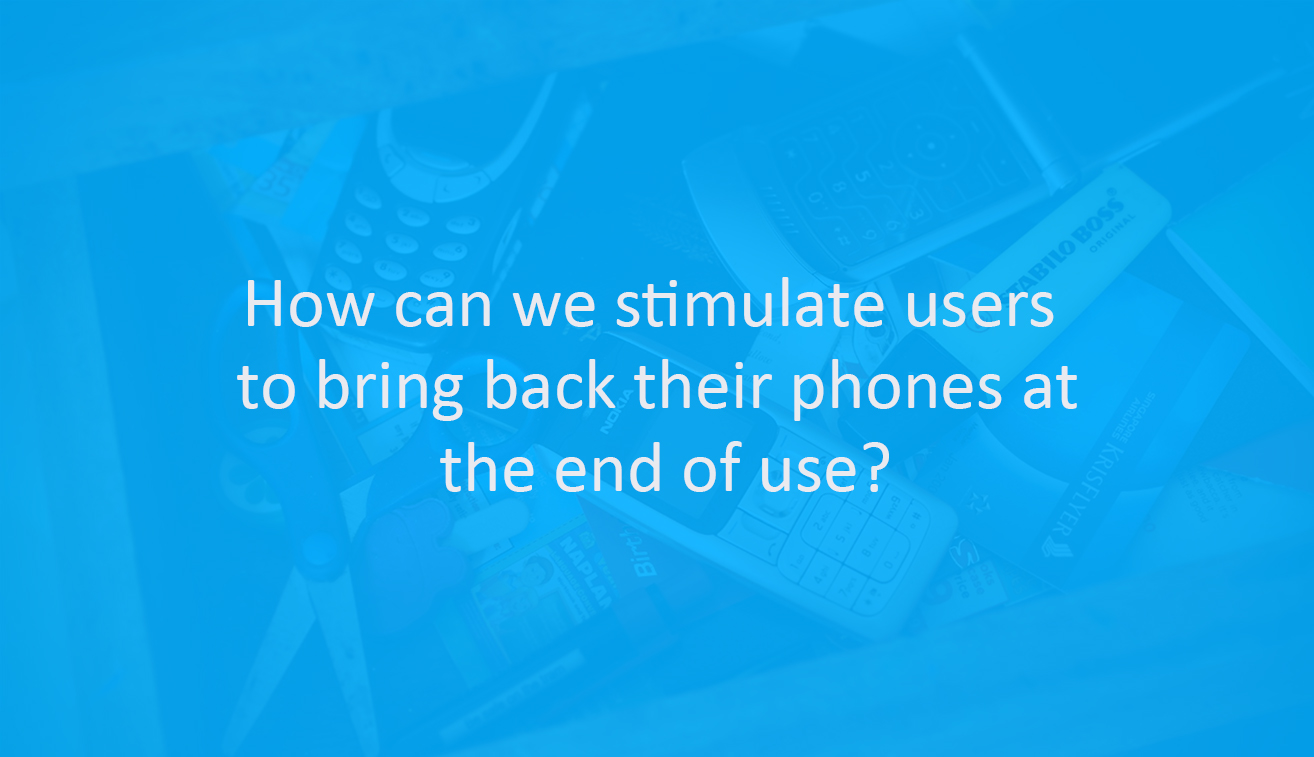Electronics Goes Green: making without taking
 Last week, I got to enjoy the Electronics Goes Green 2020+ conference virtually in Berlin. Every 4 years, the conference brings together a vibrant community of researchers, product developers, business managers, and policy makers from the electronics industry.
Last week, I got to enjoy the Electronics Goes Green 2020+ conference virtually in Berlin. Every 4 years, the conference brings together a vibrant community of researchers, product developers, business managers, and policy makers from the electronics industry.
Eelco Smit, Senior Director Sustainability at Philips, and Sarah Chandler, Senior Director of Operations and Environmental Initiatives at Apple Inc., gave inspiring keynotes on their company’s strategy to achieve carbon neutrality and create a circular supply chain.
The key insights of the presentations were centred on the principal of making without taking. Environmental and circularity assessments were performed in various ways to measure progress and prioritize issues and bottlenecks that have to be overcome. Eelco Smit highlighted the value of experimenting with the acceptance of services before changing a whole product design, accelerating the process of circular improvements. Sarah Chandler explained the development of Daisy, Apple’s robot line disassembling iPhones, and of her robot-teammate Dave, enabling the circular processing of rare-earth elements and tungsten in the taptic engine (which already contains 100% recycled rare earths in the case of the iPhone’s taptic engine).
Both keynote speakers emphasized that you cannot do it on your own: collaboration is essential. It is one thing to ensure that internal processes and buildings are carbon neutral, but to really reach a circular supply chain you need the commitment of suppliers and other valuable partners along the value chain. The importance of internal collaboration across departments was also illustrated with the commitment from the top of the two companies and the engagement of colleagues by visualizing your environmental wins. Moreover, in order to fuel their data centres, instead of focusing on taking a share of the renewable energy already available, both companies preferred to add on to this supply by installing, for instance, new windfarms.
Collection of mobile phones
Together with Conny Bakker and Jo van Engelen of Delft University of Technology, I wrote the paper “Emptying drawers: Reviewing user experiences of commercial collection programmes for mobile phones”.
This paper looks into collection programmes, such as buy-back and trade-in, from original equipment manufacturers, telecom providers, retailers and third parties. Using a divestment model that represents the stages of the final phase of consumption, we explored the user experiences of commercial programmes, identified best practices and issues along the stages, and provide recommendations on how to improve these. The collection of products can foster the transition towards a circular economy by enabling reuse, refurbishment, remanufacturing and recycling. However, although some companies offer collection programmes, users often keep their phones stored after use. The paper’s objective is to generate a better understanding of how collection programmes influence user behaviour and to encourage people to hand in their devices.
Click here to get an impression of my paper presentation. I would be pleased to discuss with you how to enhance the user experience of your programmes to stimulate the return of your products after use. Send me an email when you are interested in the paper.
Other highlights
Prior to the live day, the attendees recorded presentations of their recent work on circular products, systems, processes and business models. This resulted in interesting contributions on a large variety of subjects, ranging from the design for durability and modularity and the consumer acceptance of circular solutions to circular plastics and assessing circularity.
- Tamar Makov (Ben Gurion University of the Negev) and Colin Fitzpatrick (University of Limerick) presented their exploration of smartphone life expectancy, based on the web-traffic of a repair manual platform. They found that, although the objective performance of the smartphones remained steady over time, the users’ interest in having them repaired declined considerably. Moreover, they discovered that the repairability of a phone did not enhance users’ interest in its repair.
- Fraunhofer IZM, TU Berlin and Fairphone performed a Life Cycle Assessment (LCA) of the Fairphone 3. The results showed that the initial manufacturing impacts slightly increase because of the modular design of the smartphone. This increase is, however, compensated by a prolonged service life through repair.
- The European Commission showed how the Ecodesign Directive can be leveraged to improve smartphone’s circularity by focusing on material efficiency. From a regulatory perspective, several challenges will have to be faced, including: the fast technological evolution versus the procedural timing, the applicability of the Methodology for Ecodesign of Energy-related Products (MEErP) when it comes to material efficiency requirement modelling, and the development of quantitative metrics.
- The H2020 PolyCE team presented their Drop-In ApproachTM to Design for Recycling and Design from Recycling plastics. Designers are supported through 3 pillars: a drop-in complexity level tool defining a roadmap, a six step material approval approach from material selection to mass production, and “Look & Learn” (i.e., physical demonstrators).
Are you interested?
If you haven’t attended the conference and are curious to hear more, click here to visit a series on my design principles to provide a valuable divestment experience for users.
In addition, in early October I will also be defending my PhD dissertation “Let it go. Designing the Divestment of Mobile Phones in a Circular Economy from a User Perspective” at the TU Delft (more information soon).
Please contact me, if you want to receive the paper “Emptying drawers: Reviewing user experiences of commercial collection programmes for mobile phones”.
References
- Poppelaars, F., Bakker, C., & Van Engelen, J. (2020). Emptying drawers: Reviewing the user experiences of commercial collection programmes for mobile phones. In Proceedings of Electronics Goes Green 2020. Berlin, Germany, 1 September 2020
- Makov, T, & Fitzpatrick, C. (2020). Understanding Obsolescence in Smartphones: An Exploration of Smartphone Life Expectancy and Maximum Lifespans Through On-line Repair Manual Web-traffic. In Proceedings of Electronics Goes Green 2020. Berlin, Germany, 1 September 2020.
- Proske, M., Poppe, E., & Jaeger-Erben, M. (2020). The Smartphone Evolution – An Analysis of the Design Evolution and Environmental Impact of Smartphones. In Proceedings of Electronics Goes Green 2020. Berlin, Germany, 1 September 2020.
- Proske, M., Clemm, C., Sánchez Fernández, D., Ballester Salvà, M., Jügel, M., Kukuk-Schmid, H., Nissen, N., & Schneider-Ramelow, M. (2020). Environmental Impacts of Modular Design – Life Cycle Assessment of the Fairphone 3. In Proceedings of Electronics Goes Green 2020. Berlin, Germany, 1 September 2020.
- Polverini, D., Cordella, M., & Alfieri, F. (2020). How to Improve the Circularity of Smartphones? A Case Study in the Context of the Ecodesign Directive. In Proceedings of Electronics Goes Green 2020. Berlin, Germany, 1 September 2020.
- Riess, M., & Wincheringer, A. (2020). Sustainability Criteria for White Goods. In Proceedings of Electronics Goes Green 2020. Berlin, Germany, 1 September 2020.
Want to
know more?
Contact us!



